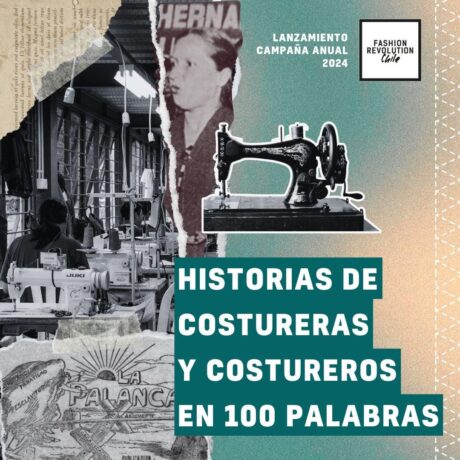Follow the Unknown
Aaaaand we’re back! Beth, Zahra and Jemma here from the ‘Who Make My Clothes?’ course. We don’t know about you guys, but this ‘Find Out’ Week 2 of the course has been full of highs and lows for us here in the course office. It turns out this question is harder to answer than we first thought. A simple google search just won’t cut it!
The week began with a surge of optimism – the sun was shining here in Exeter and we were raring to go. We looked at our garments (ready to find out anything and everything!) and were immediately confronted with so many options… do we look for the people involved in their assembly, embellishments, fabric? The possibilities are endless! We had to made some decisions, to dig deeper into one aspect of our garments’ stories. Just like a maze, we were stuck in the middle, trying to find a path, reaching dead ends, but eventually finding our ways out.
Beth ended up focussing on the process of distressing her denim H&M skirt in China. Zahra focused on the making of the buttons and seams in her Gap Pajamas also from China. And Jemma turned detective by trying the live chat feature on Zara’s website where she could talk to an employee about where elements of her garment came from. Customer helplines are helpful in theory… But, in practise, they weren’t as happy to chat as she was. In fact, they weren’t happy to chat at all, ending the conversation as soon as it had started (evidenced below)! Did they not know the answers? Or just not want to say? Either way, she had to go down a different route. Putting on her detective’s cap and grabbing her magnifying glass, it was time to make some educated guesses. Google here we come!
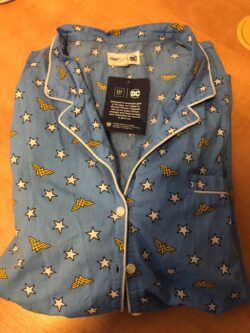
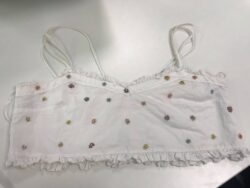
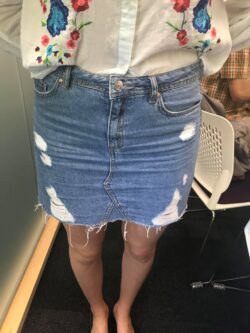
We hit a patch of turbulence midweek as we soon realised that there is no one story, no simple way to contact garment workers or a hotline with someone ready to share the industry’s secrets. One browser tab soon became 20 as the search for answers deepend, and we all took to different methods of exploration. After hitting a dead end with designer brand Balmain, course leader Ian found his inspiration in an ethnography of Mexican suit makers found on Google Scholar… and for Zahra, YouTube became her best friend showing her the riveting process of button production in China. We found that when faced with difficulties, it is important to step back and explore all the angles, even the ones that may not have been obvious at first.
The process of finding out information was conflicting to say the least. There was a battle between us being happy to uncover the tragic stories of the workers behind our fashion garments, and then being sad as we quickly realised that these are the harsh realities people are facing everyday. But feelings of guilt and anger are never going to help the people that we find, empathising with them by attempting to put ourselves in their shoes is the first step towards change. Empathy isn’t just this abstract concept, it is embedded in our everyday experiences, as we found yesterday when browsing in our local Zara store.
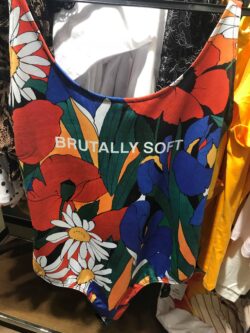
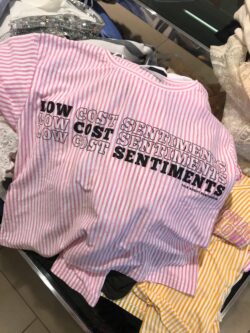
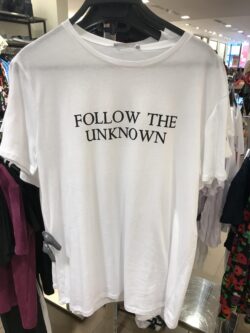
The messages on the t-shirts left us shocked to say the least. Are workers trying to communicate their reality with us… or is this Zara being ironically open with their consumers? We’re not sure what the answers are, but we can’t deny that this course has opened our eyes and changed our mindsets. While we may once have walked past these t-shirts (thinking they are pretty tacky!), we now stop and take in these quotes (or cries for help??). This is everyday empathy! We’re still thinking about how to end this week’s work. To creatively and empathetically respond to our research findings, to the lives we have found in our clothes. This can seem daunting. But just wait for the idea to come. It will hit you when you least expect it! On your way to work, in the shower, even in your dreams… or when you wander into your local Zara store!
Whatever we find in our research… the answer isn’t to stop buying these clothes. That’s what we found out in our Q&A panel this week from garment worker researcher Jay Lingham. She highlighted that to stop buying the clothes we want altogether would hurt garment workers more than it would help them (see the Q&A video for some amazing insights!). Instead, the key is to change the conditions and rights for these workers by doing something else about it. Which brings us to week 3… ‘DO SOMETHING’, where activism is the name of the game!
Bring on next week!
Zahra, Beth and Jemma.






